How does underfloor heating work?
- A boiler or heat pump supplies heat to the system by heating the water (that is pumped through it.
- Primary pipework carries the heat from the heat source to the manifold(s). Manifolds distribute the heat to the underfloor pipe loops.
- Pipe loops, with hot water flowing through them, heat the floor, typically at least 1 loop for every 20 m2 of heated floor area.
- Controller switches the heat source on and off, and directs the heat to where it is needed to heat the rooms to the desired temperature.
- Underfloor heating requires a flow temperature of around 50°C flow and 40°C return.
- Feel comfort by controlling the temperature of each room with a Thermostat or by your smart home application.

Underfloor Heating System Characteristics:
- THERMAL WELL-BEING

Temperature distribution with floor heating system
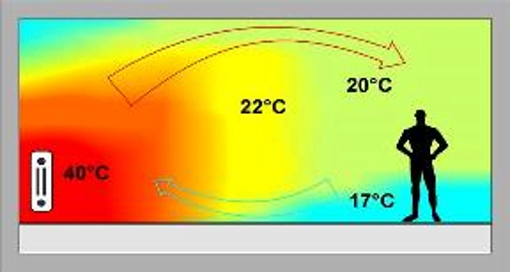
Temperature distribution with convective system
-
- Absence of convective motions.
- Vertical distribution of temperature.
- The temperature distribution is the nearest to the ideal curve and therefore “thermal well- being”.
- ENERGY SAVING
… To save about 25% or more thanks to:- Low temperature of the heating fluid.
- Elevated heating surfaces.
- Reduced heat loss.
- Thermal well-being at lower room temperatures (1°C less than traditional systems).
- HYGIENIC CONDITIONS
- There is no transport of dust normally caused by the convective motions.
- No combustion of dust that creates stains on walls.
- No risk of irritation of air tracts.
- ARCHITECTURAL ADVANTAGES
- No architectural limits linked to the presence of radiators / fan heaters.
- Possibility of using all available space.
- Minimum architectural impact in buildings such museums and old villas.

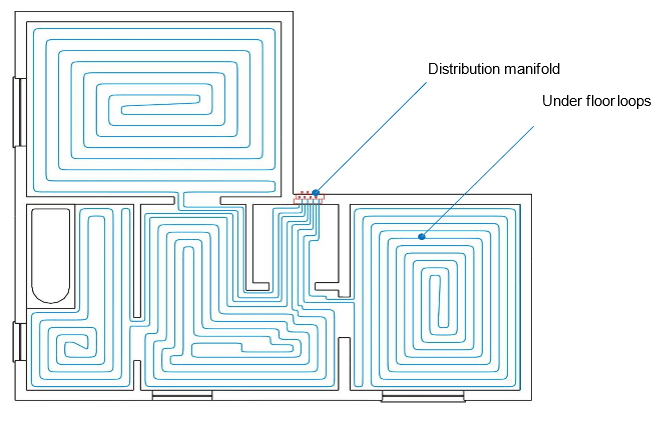
Main Components of Central Heating System with Radiators
Wall Hung Gas Combi Boiler (with flue system)
A simple and modern style
- The new MYNUTE S has been specifically designed for a trouble-free installation.
- automatic temperature control in heating mode.
- IPX5D electrical protection.
- Primary heat exchanger in copper.
- Double air inlet (right and left side) allowing to fit easily in the existing flues.
- 9 liters expansion vessel, able to manage installations with high water content.
- 3-speed circulator, 5 meters.
- Intuitive and easy-to-use control panel with backlight digital display.
- Suitable for connection with Beretta remote control panels (as option).
- Compact dimensions and low weight allow MYNUTE S to be installed anywhere.
- Dimensions (H x L x W): 740 x 400 x 332 mm
- Weight: 33 Kg

Distribution and Control, Caleffi, Italy*

Dirt Separator

Manifold

Automatic Filling Unit
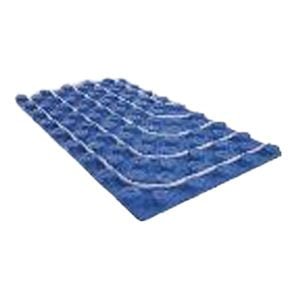
Radiator Valve

Lock Shield Valve

Double Ball Valve
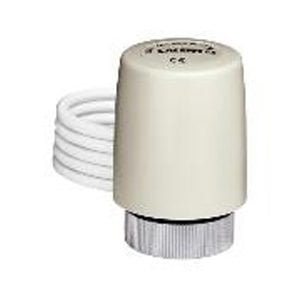
Fittings

Thermostatic Head
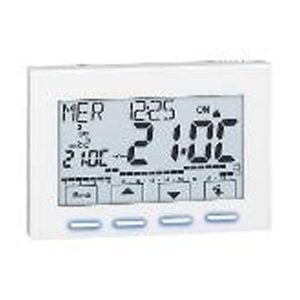
Thermostatic Head
* Some items may not be included in the final system.
Piping (between the manifold panel and the radiators), Valsir, Italy

- Heat performance
- The presence of the aluminum layer, its thickness and position, result in excellent heat conductivity characteristics.
- With Mixal®pipes it is possible to carry out floor heating systems with higher heat outputs.
- In fact, the greater conductance generates higher temperatures on the pipe surface as compared with all-plastic pipes (PE-X and PERT) and this advantage is reflected, for example in the possibility of obtaining relatively low supply temperatures.
- The greater performance of Mixal®pipes compared with all-plastic pipes means greater system output at equal flow conditions. An example: the 16×2 Mixal® pipe has the same thermal output as the 17×2 PE-X pipe.
- Mechanical behavior
- The mechanical characteristics of the Mixal® pipes make them ideal for use in floor heating systems. The bending radius corresponds to 2.5 times the pipe diameter and the circular section at the bend remains constant.
- The pipe, once bent, remains in the desired position like a metal pipe; hence the use of anchor clips is not required as with all-plastic pipes.
- Barrier against oxygen and UV rays
- The inner layer in aluminum acts as a perfect barrier against the passage of gaseous molecules thus avoiding the danger of corrosion due to oxygen infiltration and damage caused by exposure to UV rays

